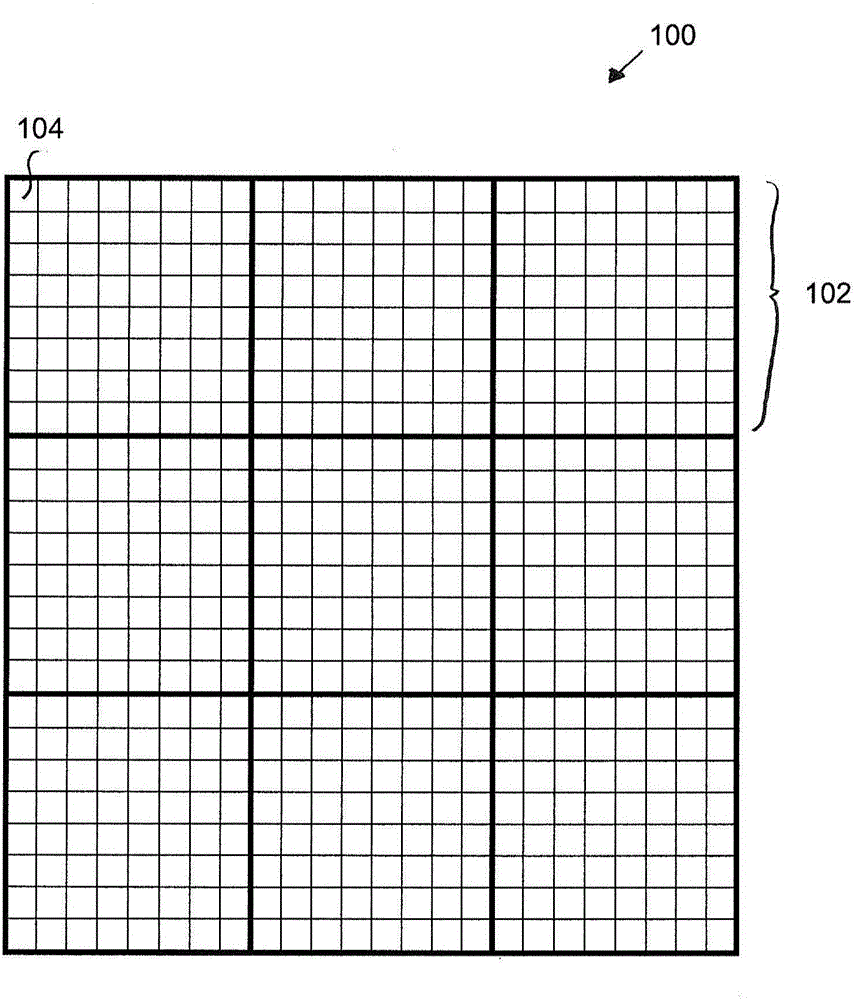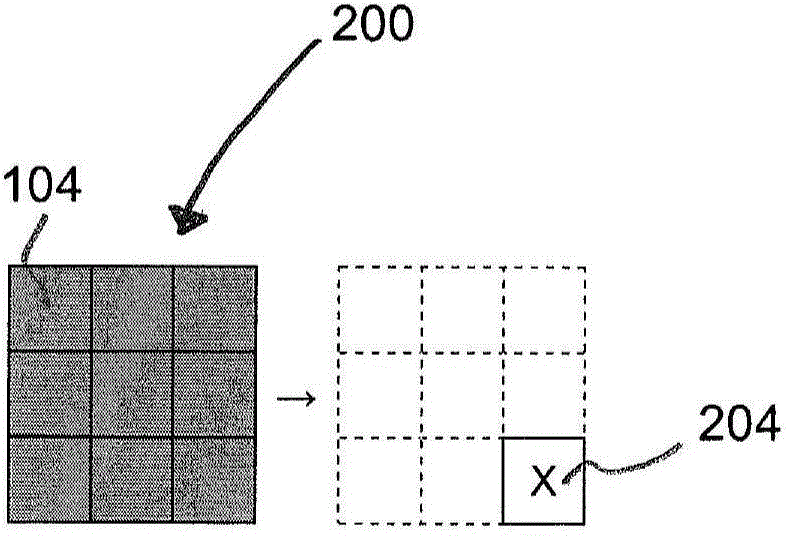Graphics processing systems
A graphics processing and graphics technology, applied in the field of graphics processing systems based on tiles, to achieve the effect of improving system performance and reducing power consumption
- Summary
- Abstract
- Description
- Claims
- Application Information
AI Technical Summary
Problems solved by technology
Method used
Image
Examples
Embodiment Construction
[0210] In the figures, the same reference numerals are used for the same features, where appropriate.
[0211] Preferred embodiments of the invention will now be described in the context of the processing of computer graphics for display.
[0212] As is known in the art and as discussed above, when a computer graphics image is to be displayed, the image is typically first defined as a series of primitives (polygons) which are then divided (rasterized) into Graphics fragment for graphics rendering. During normal graphics rendering operations, the renderer will modify (for example) color (red, green and blue, RGB) and transparency (alpha, α) data associated with each fragment so that the fragments can be displayed correctly. After fragments have fully traversed the renderer, their associated data values are stored in memory, ready to be output for display.
[0213] The present invention relates to a tile-based graphics processing pipeline, i.e. wherein the graphics processin...
PUM
 Login to View More
Login to View More Abstract
Description
Claims
Application Information
 Login to View More
Login to View More - R&D
- Intellectual Property
- Life Sciences
- Materials
- Tech Scout
- Unparalleled Data Quality
- Higher Quality Content
- 60% Fewer Hallucinations
Browse by: Latest US Patents, China's latest patents, Technical Efficacy Thesaurus, Application Domain, Technology Topic, Popular Technical Reports.
© 2025 PatSnap. All rights reserved.Legal|Privacy policy|Modern Slavery Act Transparency Statement|Sitemap|About US| Contact US: help@patsnap.com



